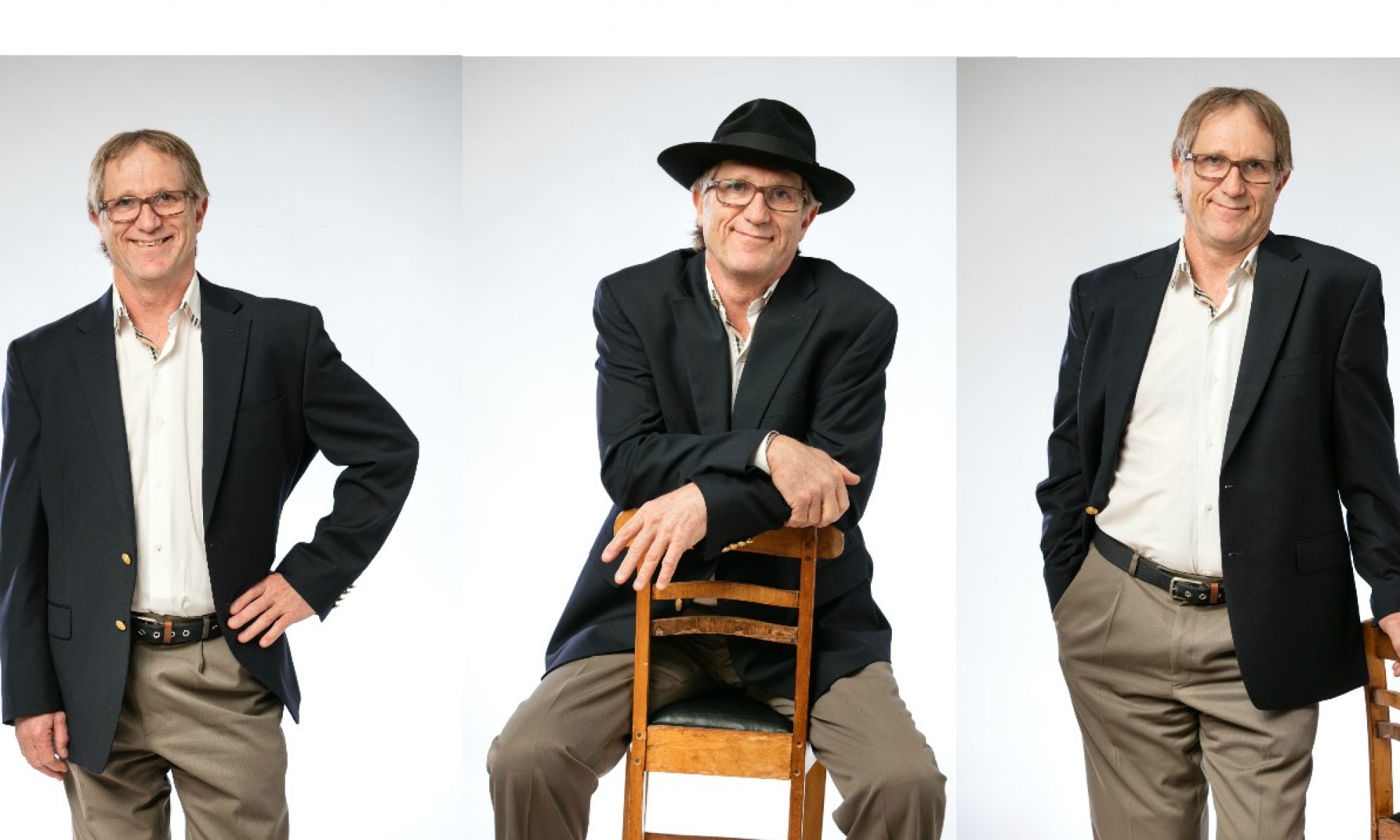Transcription:
Hi, it’s Diederik Gelderman here again.
Today is the second video about improving your communication and your likeability, trustability and respectability, especially with new people.
So, what am I going to talk about today? It’s a really, really, really simple thing, and that’s the power of the smile.
Let me ask you, from how far away can you see someone smile?
The answer is about 300 yards, or 300 meters, that sort of distance. Again (like last week), I talk about caveman and caveman days in the last video.
In this video it’s exactly the same thing. When a caveman was approaching us umpteen hundreds of thousands of years ago, we looked at two things, their hands, visible hands, and we looked at their face, and when we saw a smile and when we saw visible hands, we knew that person was very unlikely to be a threat.
So, a smile is really, really, really important.
They also did some studies on Shark Tank—I don’t know if you watcg the show, I watch bits and pieces of it here and there…
But they analyzed the 2016 contestants and the commonalities, the common things that all the winners did, the guys that got the Sharks to invest in their products, and they looked at what the commonalities where between all those winners and, it was a 50/5 split, about half the people got the deal, and the other half didn’t.
So, what was the commonality between those people that did the deal?
There were three about commonalities, I’ll share them all over the next few videos…
The first one was when those contestants came down, the gangplank or the walkway, or whatever you want to call it, when they were approaching the sharks, the winners were typically smiling.
The people that didn’t get the deal typically weren’t smiling.
So, when they walked down that walk way, the Sharks could see a big smile on their faces, and that first impression counted hugely later on when it came to doing the deal with the Sharks.
So remember, in every situation that you’re walking into, whether you’re walking into a networking meeting where you don’t know anyone, whether you’re presenting to a small group, whether you’re presenting to a large group, whether you’re meeting someone one-on-one for coffee, can I suggest that you get a smile plastered all over your face?
You may not think a smile is important on the phone, but it is absolutely important in that situation as well.
Let me suggest that you do a little experiment and you get one of your colleagues or coworkers or friends to help you….
You ring them and get them to pick up the phone and get them to pick up the phone in one of two ways. Either pick up the phone and say “Hello, it’s Diederik Gelderman here,” or get them to pick the phone with a big smile on their face and say the same thing, “Hello! It’s Diederik Gelderman here,” and see if you can pick the difference on your end of the phone. I bet you can.
That’s the message for this week. Whenever you’re meeting someone, first time, second time, anytime, in person or on the phone, smile. It will make you much more likeable, trustable and respectable.
If you like this video, there’s a lot more in the series, head over to my YouTube channel and sign-up and subscribe and you’ll get notification when the next video comes out.
See on the next video.
In the meantime, your homeplay for this week is to SMILE!





